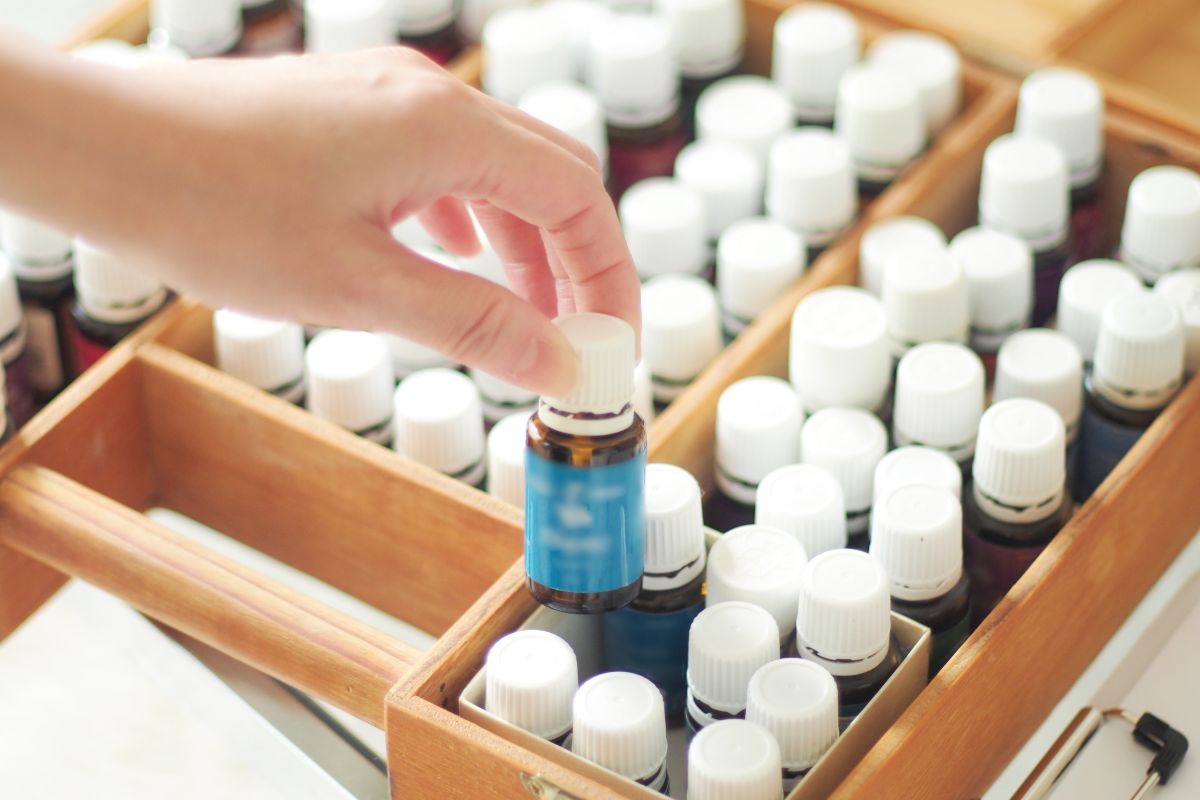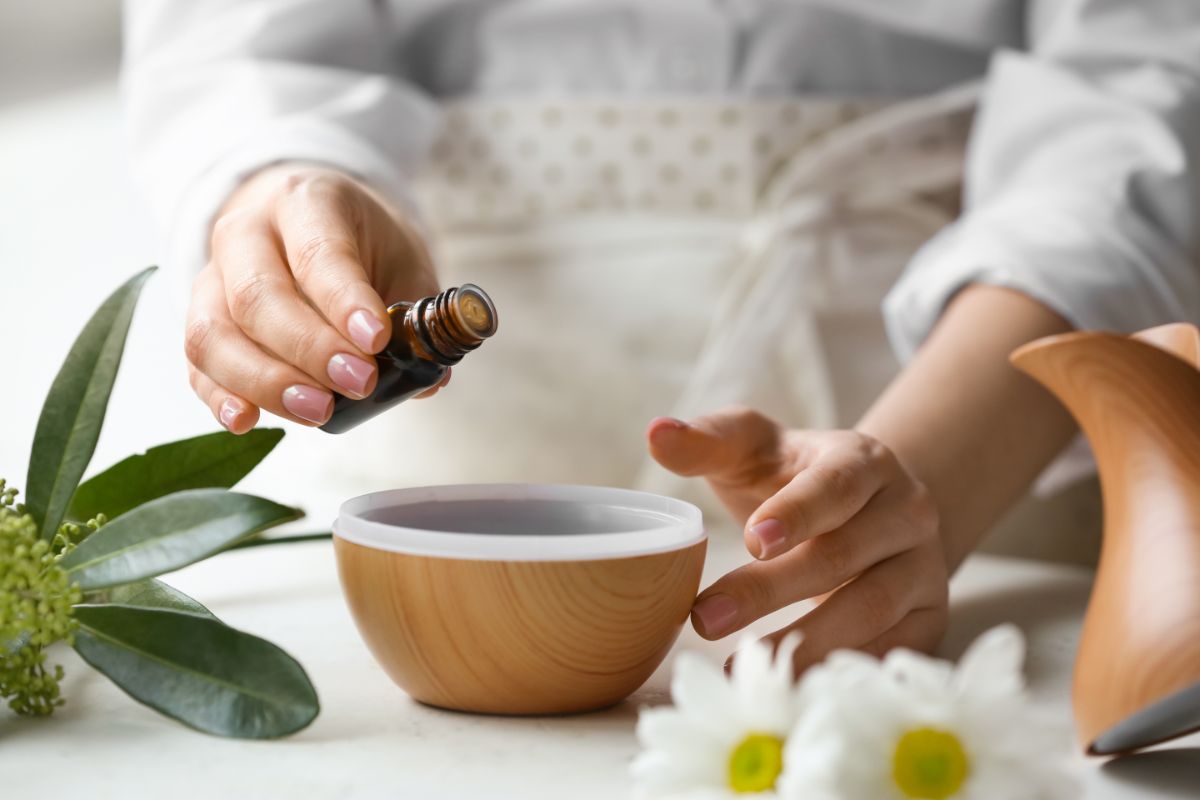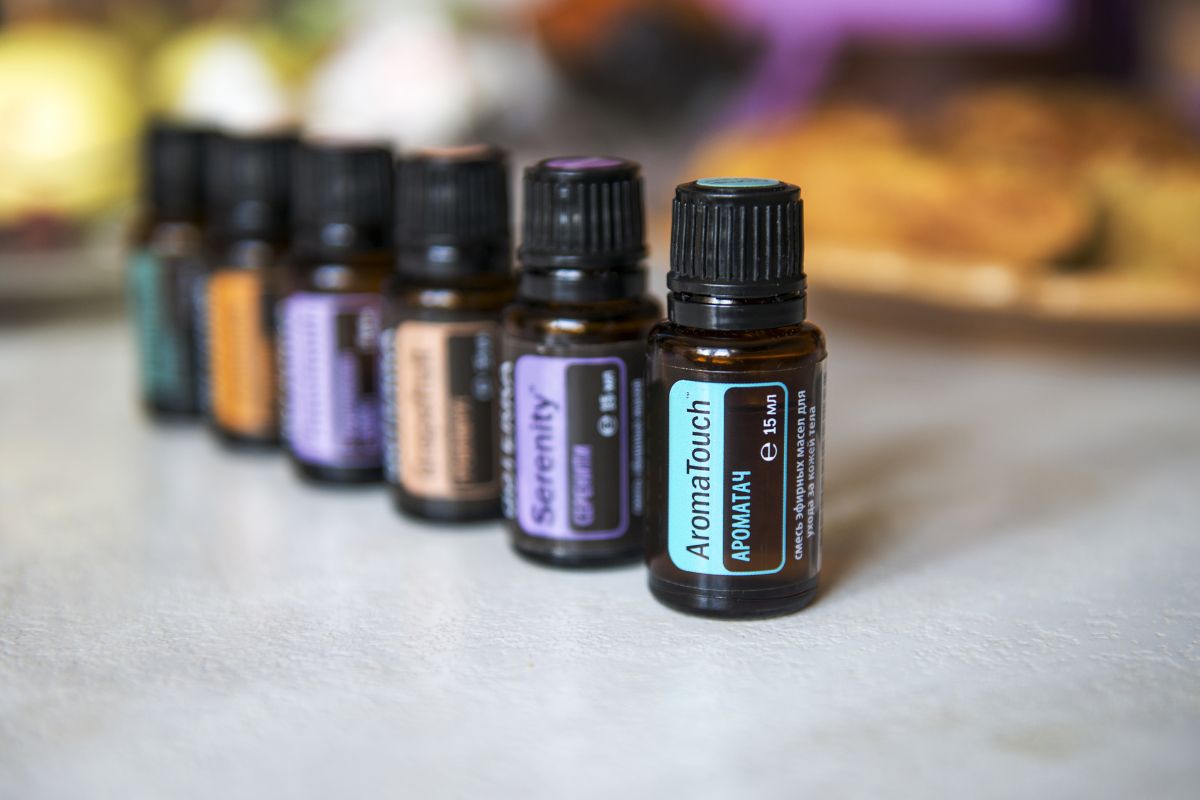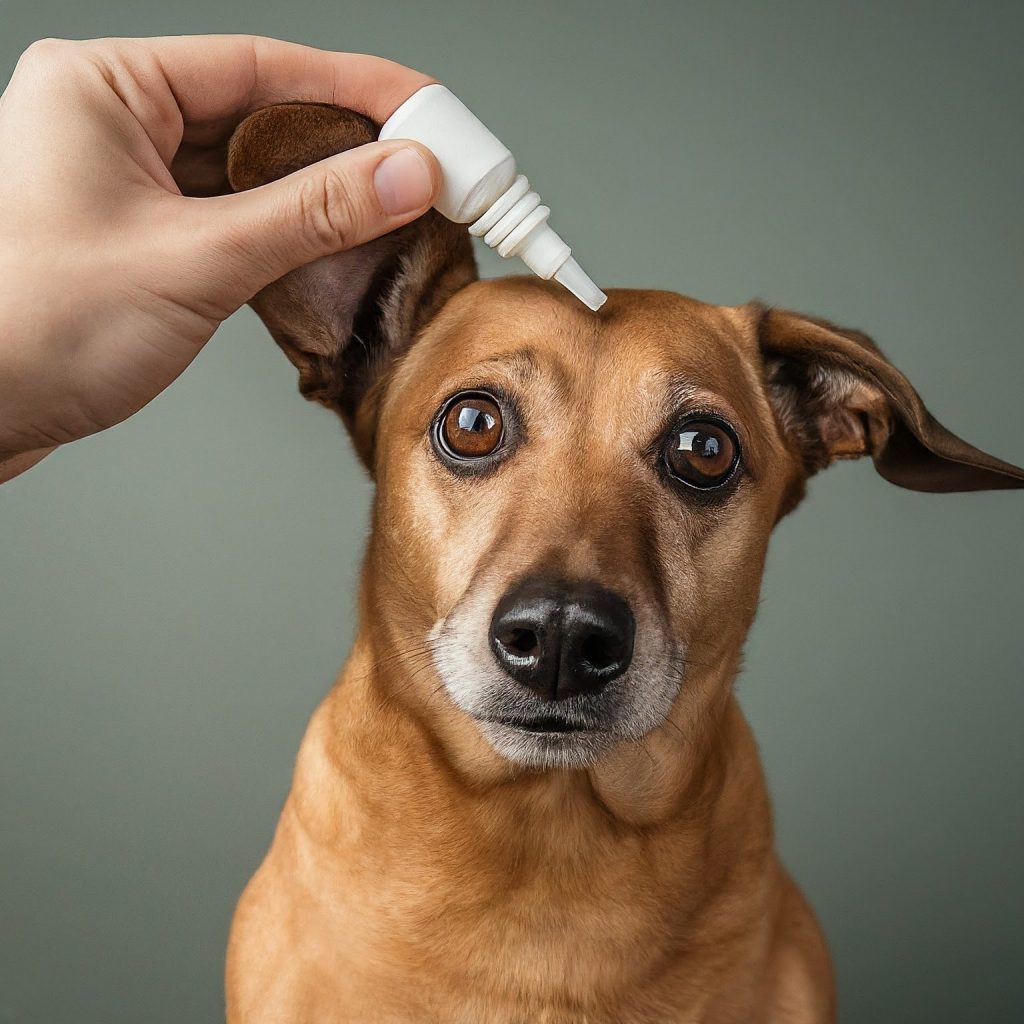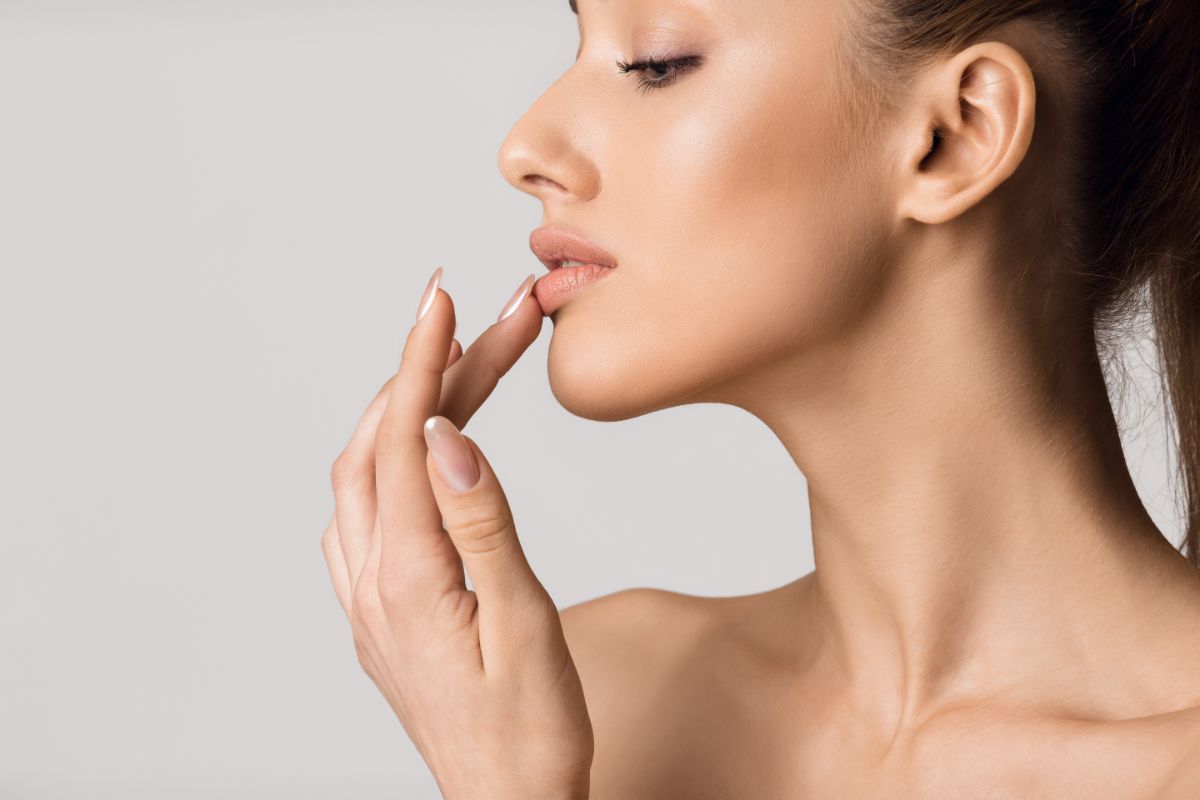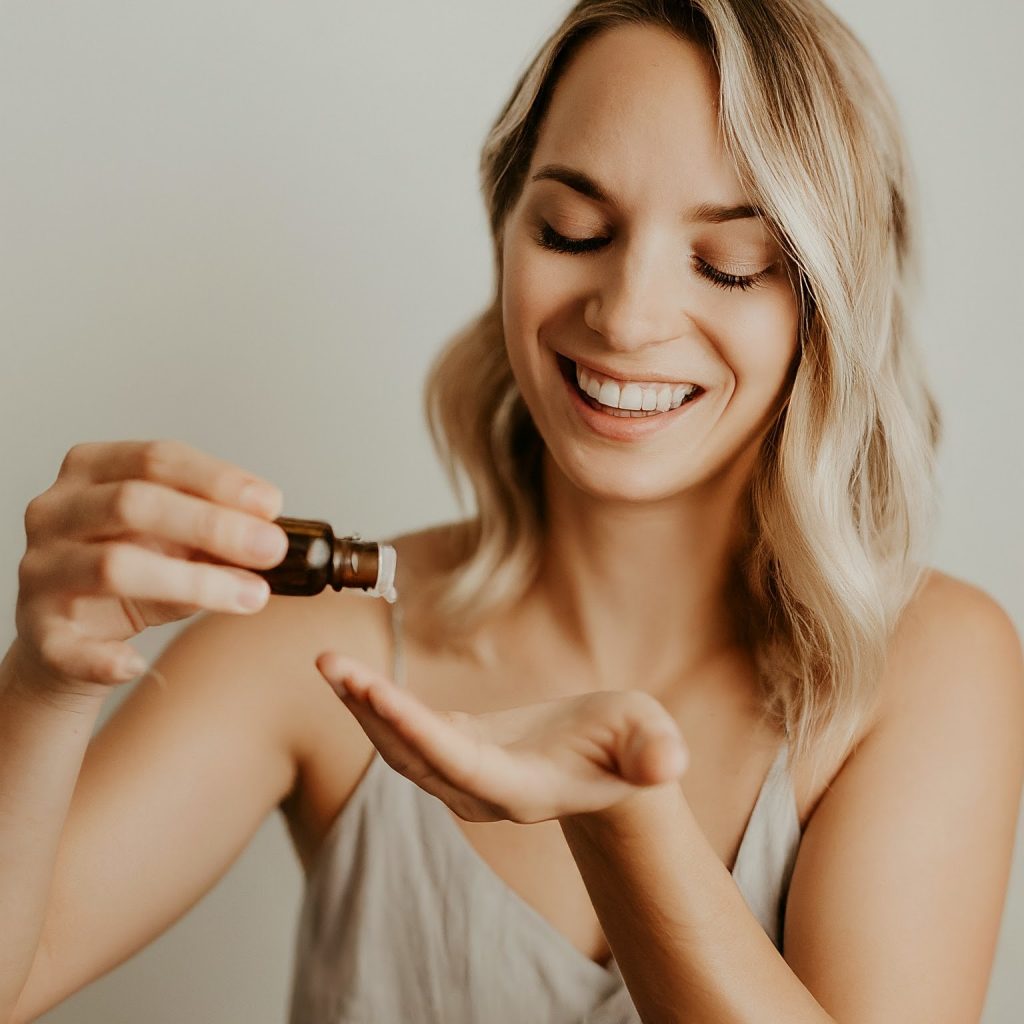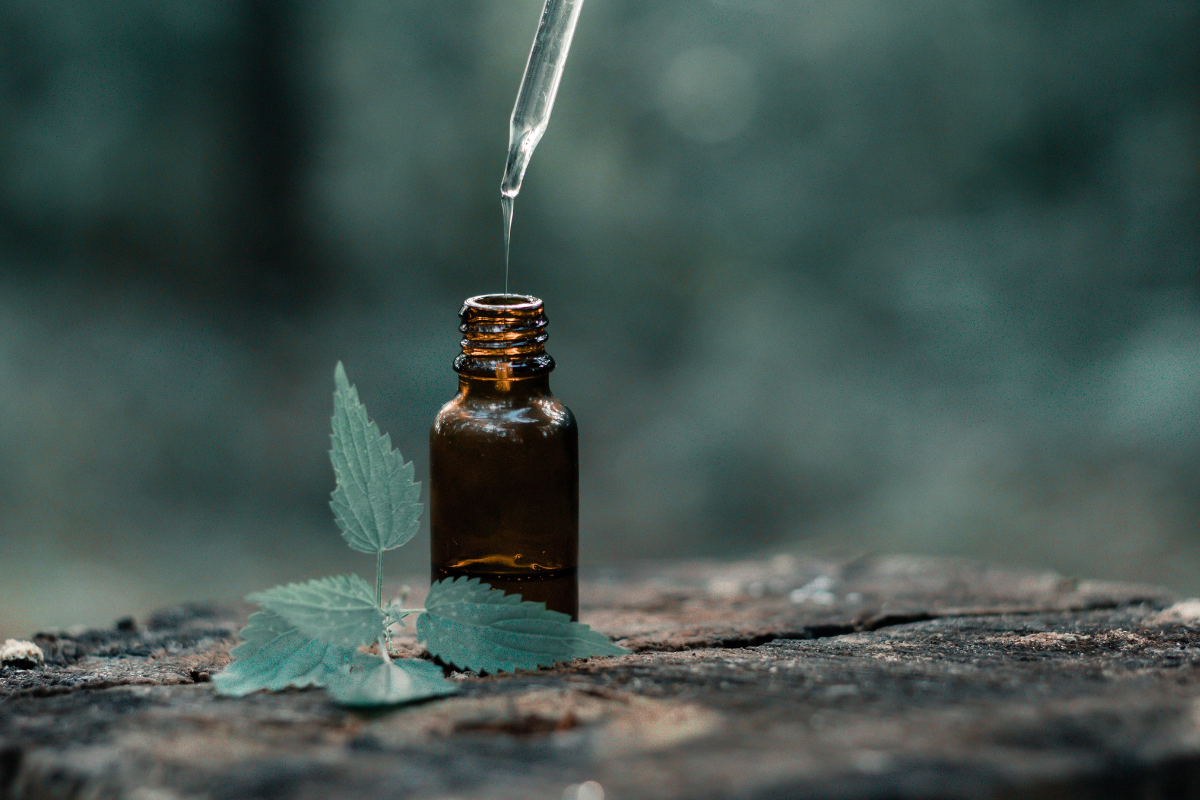Peppermint oil is one of the most adaptable and beneficial essential oils out there. This herb has been revered throughout human history as a versatile plant and an essential oil that is now used by the cosmetic, culinary, and health industries all over the world.
It can be applied topically, orally, or aromatically to treat a range of health issues, including digestive issues, fatigue, and symptoms of seasonal allergies.
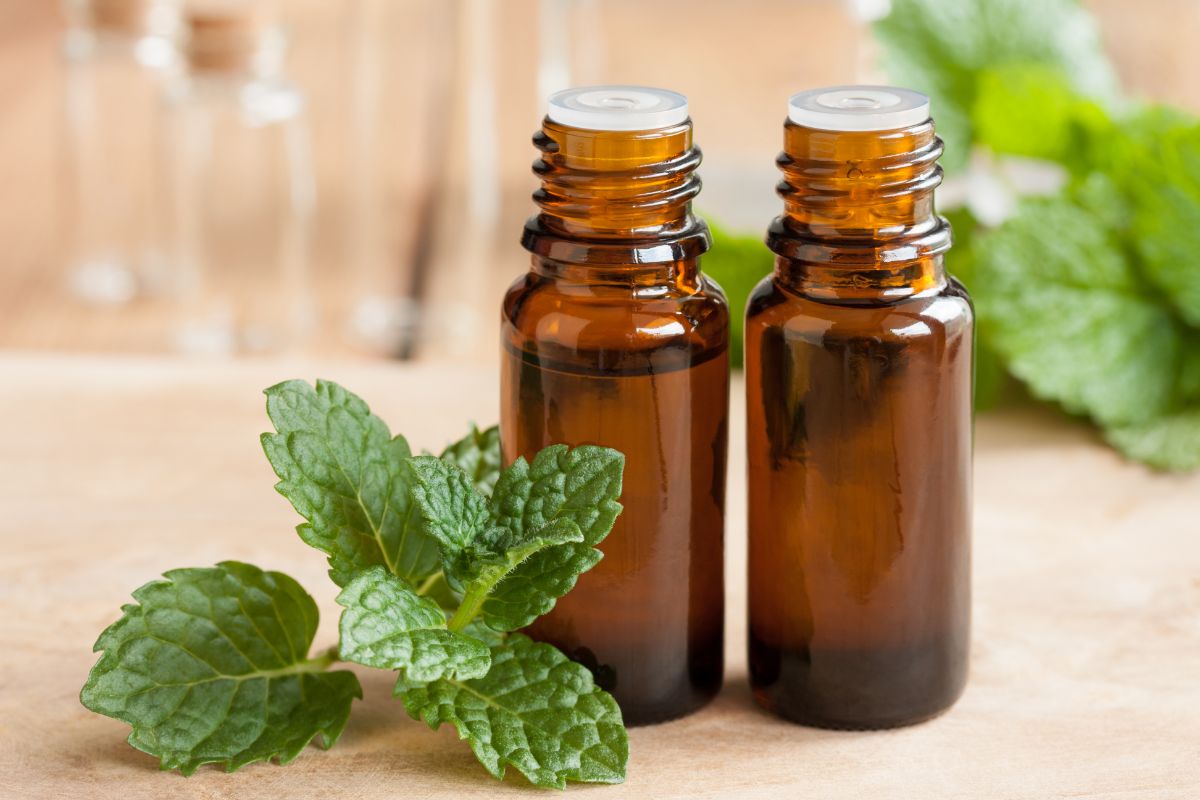
In this guide, we’ll go through the many uses and benefits of peppermint essential oil so that you can start incorporating it into your daily life (see also “What Essential Oils Are Good For Focus And Concentration“).
What Is Peppermint Essential Oil?
A hybrid of water mint and spearmint, peppermint is a plant species. By using CO2 or cold extraction on the flowering plant’s fresh aerial sections, the essential oils are extracted. Menthol and menthone are the chemicals that are most active in the oil.
Since at least 1000 BC, peppermint oil has been used for a variety of purposes, and evidence of this can be found in various Egyptian pyramids.
In addition to being one of the oldest therapeutic herbs used in Europe, peppermint oil also has a long history in Chinese and Japanese folk medicine.
Peppermint comes in a variety of forms, including peppermint leaves, peppermint spray, peppermint tablets, and peppermint essential oil.
Menthol oil is also available; it is frequently used in balms, shampoos, and other body products due to its advantageous properties.
Uses And Benefits Of Peppermint Essential Oil
Respiratory Aid
Aromatherapy with peppermint might help clear your sinuses and soothe a sore throat. It functions as a revitalizing expectorant, opening your airways, removing mucus, and easing congestion.
It is also among the best essential oils for respiratory ailments like bronchitis, asthma, sinusitis, coughing, colds, and the flu.
How To Use
You can make your own vapor rub by combining coconut oil, eucalyptus oil, and peppermint oil. You can also apply two to three drops topically to your temples, chest, and back of your neck, or diffuse five drops of peppermint oil.
Improves Exercise Performance
Take a breath of peppermint oil for a healthy replacement for harmful energy drinks. When you need additional energy, whether it is for long car journeys, school, or any other reason, it can help.
According to research, inhaling it may also aid to enhance memory and alertness. Whether you need a little extra motivation during your weekly workouts or you are preparing for an athletic event, it can be used to improve your physical performance.
How To Use
Apply two to three drops topically to your temples and back of your neck, or take one to two drops internally with a glass of water to increase energy and enhance concentration.
Alleviates Headaches
The benefits of peppermint for headaches include increased circulation, gastrointestinal comfort, and muscle relaxation.
Peppermint oil is one of the best essential oils for headaches because all of these problems can lead to tension headaches or migraines.
How To Use
Simply apply two to three drops to your temples, forehead, and back of your neck to use it as a natural headache cure. On contact, it will start to reduce discomfort and stress.
Allergy Relief
During allergy season, peppermint oil can help rid your respiratory system of detritus and pollen by relaxing the muscles in your nasal passages.
Its expectorant, anti-inflammatory, and energizing qualities make it one of the best essential oils for allergies.
How To Use
Apply two to three drops of peppermint topically to your temples, chest, and back of your neck to help reduce the symptoms of seasonal allergies. You can also diffuse peppermint and eucalyptus oil in your home to alleviate your allergies.
Relieve Joint And Muscle Pain
You’ll be glad to learn that peppermint oil works well for pain. An extremely potent natural painkiller and muscle relaxant is peppermint essential oil.
Moreover, it provides cooling, energizing, and antispasmodic effects. Also, studies demonstrate the pain-relieving benefits of peppermint oil administered topically for fibromyalgia and myofascial pain syndrome.

How To Use
Use two to three drops of peppermint oil topically three times per day on the painful area. You can also try adding five drops to a warm Epsom salt bath or making your own DIY muscle rub.
It’s also a great idea to combine peppermint and lavender oil to aid in body relaxation and ease muscle pain.
Promotes Hair Growth
As peppermint can naturally thicken and repair brittle hair, it is an ingredient in many high-quality hair care products. It aids in stimulating the scalp, energizing your mind, and can be used as a natural remedy for hair loss.
Moreover, menthol has been shown to be a potent antibacterial, so it might aid in eradicating germs that accumulate on your scalp and hair strands.
How To Use
Add two to three drops of peppermint oil to your shampoo and conditioner to encourage growth and nourishment.
You can also use two to three drops of peppermint oil (see also “Can You Spray Peppermint Oil On Plants?“) to massage your scalp while taking a shower or create a spray by adding five to ten drops of peppermint oil to a spray bottle filled with water.
Improves IBS Symptoms
Irritable bowel syndrome (IBS) can be organically and successfully treated with peppermint oil capsules. In addition to relaxing the muscles in your intestines and reducing colon spasms, peppermint oil can also help you feel less bloated and gassy.
How To Use
Try ingesting one to two drops of peppermint oil with a glass of water or putting it in a pill before meals to aid with IBS symptoms. Moreover, you can topically administer two to three drops to your abdomen.
Prevents And Relieves Sunburn
Sunburned skin can be moisturized and soothed using peppermint oil. It can also be applied to avoid getting sunburned.
According to a study, peppermint oil has a greater sun protection factor (SPF) rating than the majority of other essential oils, including lavender, eucalyptus, tea tree, and rose.
How To Use
Apply two to three drops of peppermint oil and a half teaspoon of coconut oil directly to the problem area to speed up the healing process after sun exposure and to help prevent sunburn.
To ease discomfort and encourage healthy skin renewal, you can also use natural DIY sunburn spray.
Supports Oral Health
The peppermint plant has been used to naturally refresh breath for well over a thousand years. This is most likely a result of peppermint oil’s ability to eliminate germs and fungus that can cause cavities and infections.
How To Use
Try making your own homemade mouthwash or baking soda toothpaste to improve your oral health and freshen your breath.
Alternatively, you can put a drop of peppermint oil beneath your tongue before consuming liquids or add it directly to the toothpaste you already own.
Relieves Irritation
According to studies, the menthol in peppermint oil prevents itching. It helps to calm the affected area and reduce irritation for people who have skin conditions or allergic reactions.
How To Use
Apply two to three drops of peppermint oil topically to the itchy area, or add five to ten drops to a warm water bath, to help reduce irritation. Use it topically after mixing it with an equivalent amount of carrier oil if you have sensitive skin.
For itch relief, you can also combine peppermint oil and lavender oil because lavender also has calming characteristics. You can also use it in place of the carrier oil in lotions and creams.
Final Thoughts
One of the first medicinal plants used in Europe, peppermint is most commonly used for pain reduction, respiratory support, allergy relief, and enhanced vitality.
Its oil is valued for its calming, energizing, expectorant, antibacterial, antispasmodic, energizing, and pain-relieving qualities.
Knowing this, it is clear that peppermint essential oil is extremely beneficial and is a great essential oil to incorporate into your daily routine.
It’s easy to use and has too many advantages not to consider! With this guide, you’ll be able to confidently use peppermint oil and start using it to your benefit.
- The Ultimate Guide to Aromatherapy Oil Uses: Transforming Your Daily Routine with Natural Scents - May 13, 2024
- The Benefits of Lemongrass Essential Oil for Dogs: A Natural Solution for Fido’s Wellness - May 13, 2024
- The Ultimate Guide to Choosing the Best Essential Oil Diffuser for Aromatherapy - May 8, 2024


